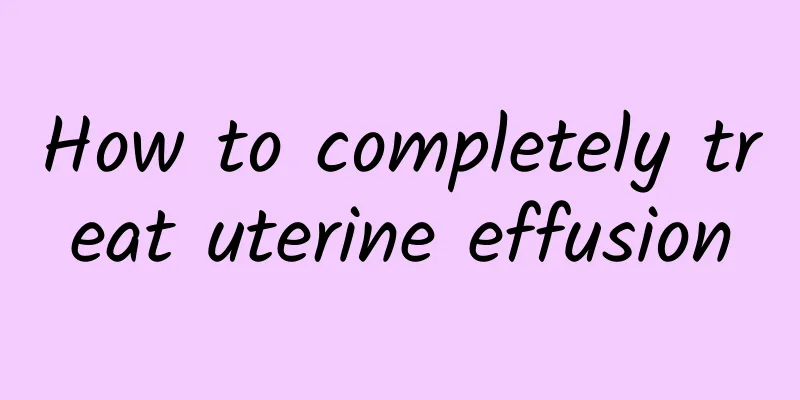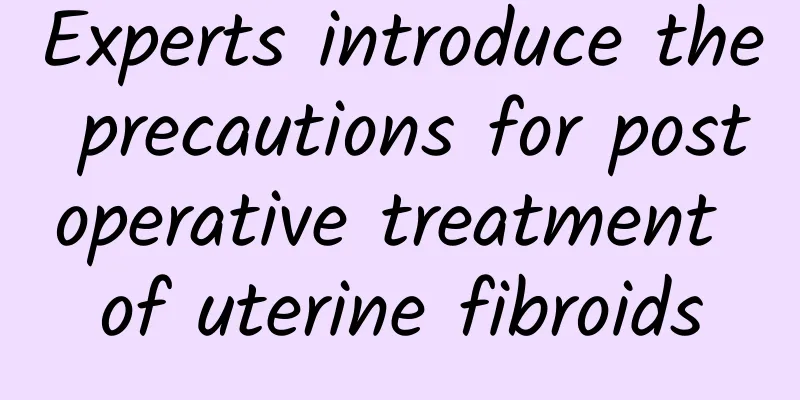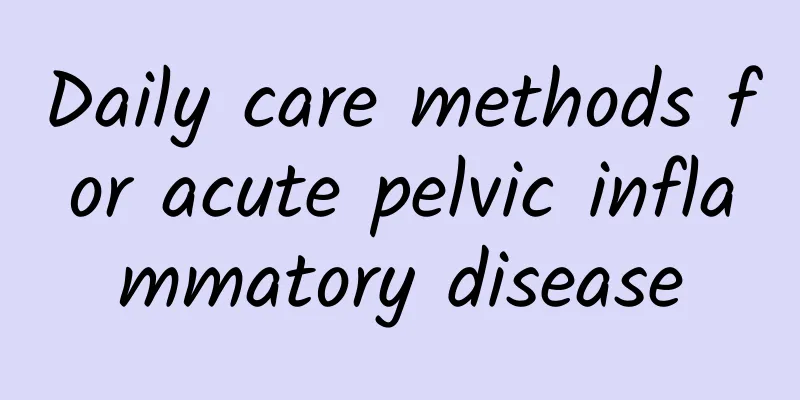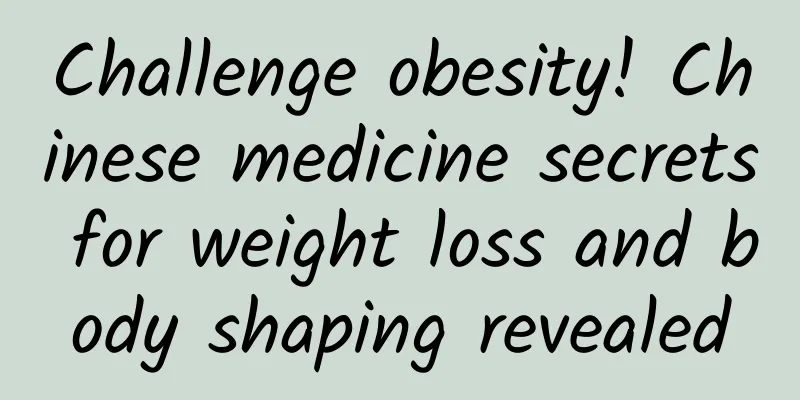What should women do if they have uterine fibroids? What are the symptoms of uterine fibroids in women?

|
Uterine fibroids, also known as uterine leiomyoma, are the most common benign fibroids in the female genitalia. Generally, there are no obvious symptoms, and a few may present with vaginal bleeding, abdominal tumors, and compression symptoms. If the pedicle is twisted or other conditions occur, it will cause pain. It is common in multiple uterine fibroids. Uterine fibroids have the following symptoms. Most patients have no obvious symptoms and are only occasionally found during pelvic examinations. If symptoms occur, they are closely related to the location, growth rate and degeneration of the fibroids. 1. Menstrual changes: The most common symptoms are shortened menstrual cycle, increased menstrual volume, prolonged menstruation, irregular vaginal bleeding, etc. 2. Abdominal mass: abdominal distension, swelling in the lower abdomen, accompanied by a feeling of falling. 3. Increased vaginal discharge: Increased vaginal discharge, sometimes with a large amount of purulent and bloody discharge and necrotic tissue discharge with a foul odor. 4. Pain: Generally, patients do not have abdominal pain, but often have lower abdominal swelling, back pain, etc. When the subserosal fibroid pedicle of uterine fibroids is twisted, acute abdominal pain and redness of the fibroids may occur, with severe abdominal pain and fever. 5. Compression symptoms: When the fibroid grows forward or backward, it can compress the bladder, urethra or rectum, causing frequent urination, dysuria, urinary retention or constipation. When the fibroid grows to both sides, it will form a broad ligament fibroid, compressing the ureter or hydronephrosis; if it compresses the pelvic blood vessels and lymphatic vessels, it will cause lower limb edema. 6. Infertility: Fibroids compress the fallopian tubes and cause them to twist, or deform the uterine cavity, hindering the implantation of the fertilized egg and leading to infertility. 7. Secondary anemia: If the patient has excessive menstruation for a long time, it may lead to secondary anemia, with symptoms such as general fatigue, pale complexion, shortness of breath, and palpitations. 8. Hypoglycemia: Hypoglycemia with uterine fibroids is also rare. The main symptoms are low fasting blood sugar, loss of consciousness, shock, and the symptoms completely disappear after glucose injection. After tumor resection, the symptoms of hypoglycemia completely disappear. It is recommended to check as soon as possible. Finally, I wish all female friends to pay more attention to their health, have a healthy mind and a happy life. |
>>: What are the symptoms of uterine fibroids? How are uterine fibroids treated?
Recommend
Four early symptoms of cervical erosion
What are the early symptoms of cervical erosion? ...
Patients with vaginitis should always pay attention to their symptoms
Vaginitis is a common gynecological disease in wo...
What are the best drugs for treating vulvar leukoplakia?
Which drugs are better for treating vulvar leukop...
Homemade Happy Baking Recipe Revealed
【French baguette】 Material AIngredients: Dry yeas...
Activate the power of beautiful legs! The three secrets of a female traditional Chinese medicine practitioner to get rid of lower body fat are...
"Oh my god! This dress is only suitable for ...
When do women usually go through menopause?
Women generally go through menopause between the ...
3 tips to get rid of your thick tiger back and make you a beauty from behind!
Your weight and height are similar to others, but...
What are the symptoms of uterine fibroids?
The main symptoms of uterine fibroids include abn...
How to treat reddish brown vaginal discharge? It is related to the cause of the disease
The treatment of reddish-brown vaginal discharge ...
The main harm of vulvar itching
The main hazards of vulvar itching are worthy of ...
What can women eat to treat uterine fibroids? What can women eat to treat uterine fibroids?
What can women eat to treat uterine fibroids Intr...
Can you lose weight by eating sesame oil chicken during menstruation? Doctor: Be careful of hemorrhage
Many people eat sesame oil chicken to keep warm i...
The main care methods for ectopic pregnancy in daily life
Among the many diseases in gynecology, ectopic pr...
What is vulvovaginitis?
What is vaginitis? This is a concern for everyone...
What are the four major hazards of uterine fibroids? What are the symptoms of uterine fibroids?
Uterine fibroids are a common benign tumor in the...









